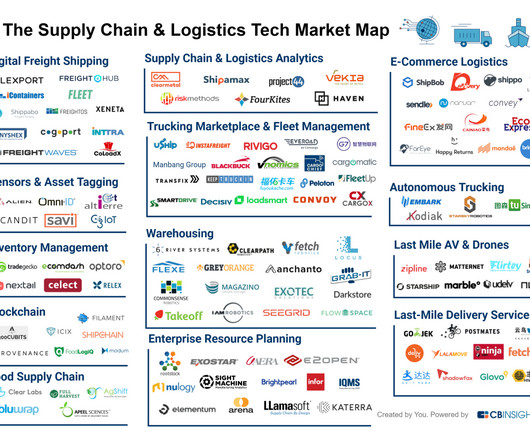Predictive Analysis in Logistics and Supply Chain: How to Apply
3PL Links
DECEMBER 3, 2023
Predictive Analysis in Logistics and Supply Chain: How to Apply | Image source: Pexels In logistics, predictive analysis is simply the process of identifying and forecasting patterns, trends, and behaviors in both human and machine learning approaches, data, and algorithms.




































Let's personalize your content